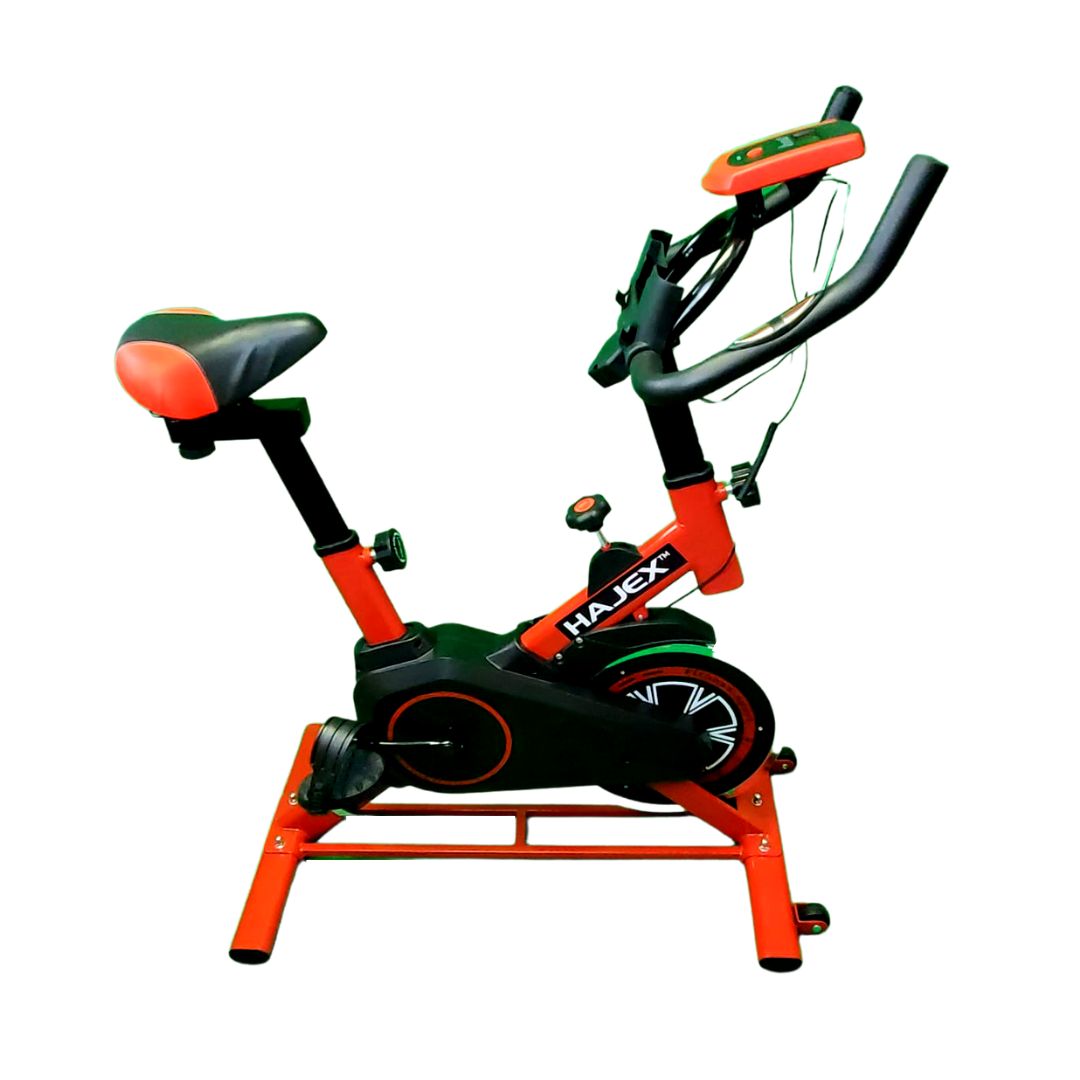Plan Exercise for safe pregnancy
Planning exercise during pregnancy is essential for a safe and healthy experience. Consult your healthcare provider for personalized recommendations like an adjustable Workout Bench 600LB capacity. Choose low-impact activities like walking, swimming, and prenatal yoga. Listen to your body and modify or stop if you feel any discomfort. Warm-up and cool down properly, stay hydrated, and maintain good form. Avoid overexertion and monitor your heart rate. Include pelvic floor exercises for safe pregnancy and seek guidance if needed. As your pregnancy progresses, modify exercises accordingly. Prioritize safety and enjoy the benefits of staying active throughout your pregnancy journey.
- Consult Your Healthcare Provider: Before starting or continuing any exercises for a safe pregnancy exercise routine during pregnancy, consult your healthcare provider to ensure it is safe for you and your baby.
- Choose Low-Impact Activities: Opt for low-impact exercises like walking, swimming, prenatal yoga, and stationary cycling, which are gentle on your joints and minimize the risk of injury.
- Listen to Your Body: Pay attention to your body's signals and modify or stop exercises if you experience pain, dizziness, shortness of breath, or any discomfort. Pregnancy hormones may affect your ligaments and joints, making you more prone to injuries.
- Warm Up and Cool Down: Prioritize warming up before exercise with gentle stretches to prepare your body and cool down afterward to gradually lower your heart rate.
- Stay Hydrated: Drink plenty of water before, during, and after exercise to stay hydrated and prevent overheating.

- Maintain Proper Form: Focus on maintaining proper form with the How to Choose the Right Treadmill for Your Home Gym? and alignment during exercises to avoid strain on your joints and back. Engage your core and breathe deeply throughout.
- Avoid Overexertion: Pregnancy is not the time to push yourself to your limits. Aim for moderate-intensity workouts and avoid activities that involve heavy lifting or intense impact.
- Pelvic Floor Exercises: Incorporate pelvic floor exercises, also known as Kegels, to strengthen the muscles that support your bladder, uterus, and bowels. These exercises for safe pregnancy can aid in labor and postpartum recovery.
- Listen to Your Pelvic Floor: If you experience any pelvic floor issues, such as pain or heaviness, consult a pelvic floor specialist who can guide you on appropriate safe exercise for the first trimester of pregnancy.
- Monitor Your Heart Rate: Avoid exercise safe for early pregnancy that cause your heart rate to exceed a safe range. Use the "talk test" - if you can carry on a conversation while exercising, you're likely in the safe zone
Equipment to use when Planning Exercise for safe pregnancy
When planning exercise for a safe pregnancy, certain tools and equipment can enhance your comfort and safety. Here are some options to consider:
- Mat: A high-quality, non-slip-safe exercise for pregnancy mat that provides cushioning and stability during floor exercises, yoga, or stretching routines.
- Supportive Footwear: Invest in supportive, comfortable footwear that provides proper arch support and stability to reduce the risk of falls or discomfort during workouts.
- Pregnancy-Specific DVDs or Apps: Look for prenatal safe heart rates for exercise during pregnancy DVDs or smartphone apps that offer guided workouts tailored to the needs and safety considerations of pregnant women.

- Resistance Bands: Gentle resistance bands can add strength training and toning to your routine without putting excess strain on your joints.
- Stability Ball: A stability ball can help improve posture, strengthen core muscles, and provide support during pregnancy-specific exercises like pelvic tilts or seated exercises.
- Prenatal Exercise Ball: Designed specifically for pregnant women, these balls provide added comfort and stability for exercises like squats, stretches, or pelvic floor exercises.
- Heart Rate Monitor: A heart rate monitor can help you track and ensure that your heart rate stays within safe limits during exercise.
Remember to consult with your healthcare provider before using any specific tools or equipment to ensure they are suitable for your individual pregnancy and fitness level.
 WEIGHT PLATES
WEIGHT PLATES
 Cast Iron Olympic Plates
Cast Iron Olympic Plates
 Olympic Rubber Weight Plates
Olympic Rubber Weight Plates
 PVC Weight Plates
PVC Weight Plates
 DUMBBELLS
DUMBBELLS
 Rubber Hex Dumbbells
Rubber Hex Dumbbells
 Cast Iron Adjustable Dumbbells
Cast Iron Adjustable Dumbbells
 Round Head Dumbbells
Round Head Dumbbells
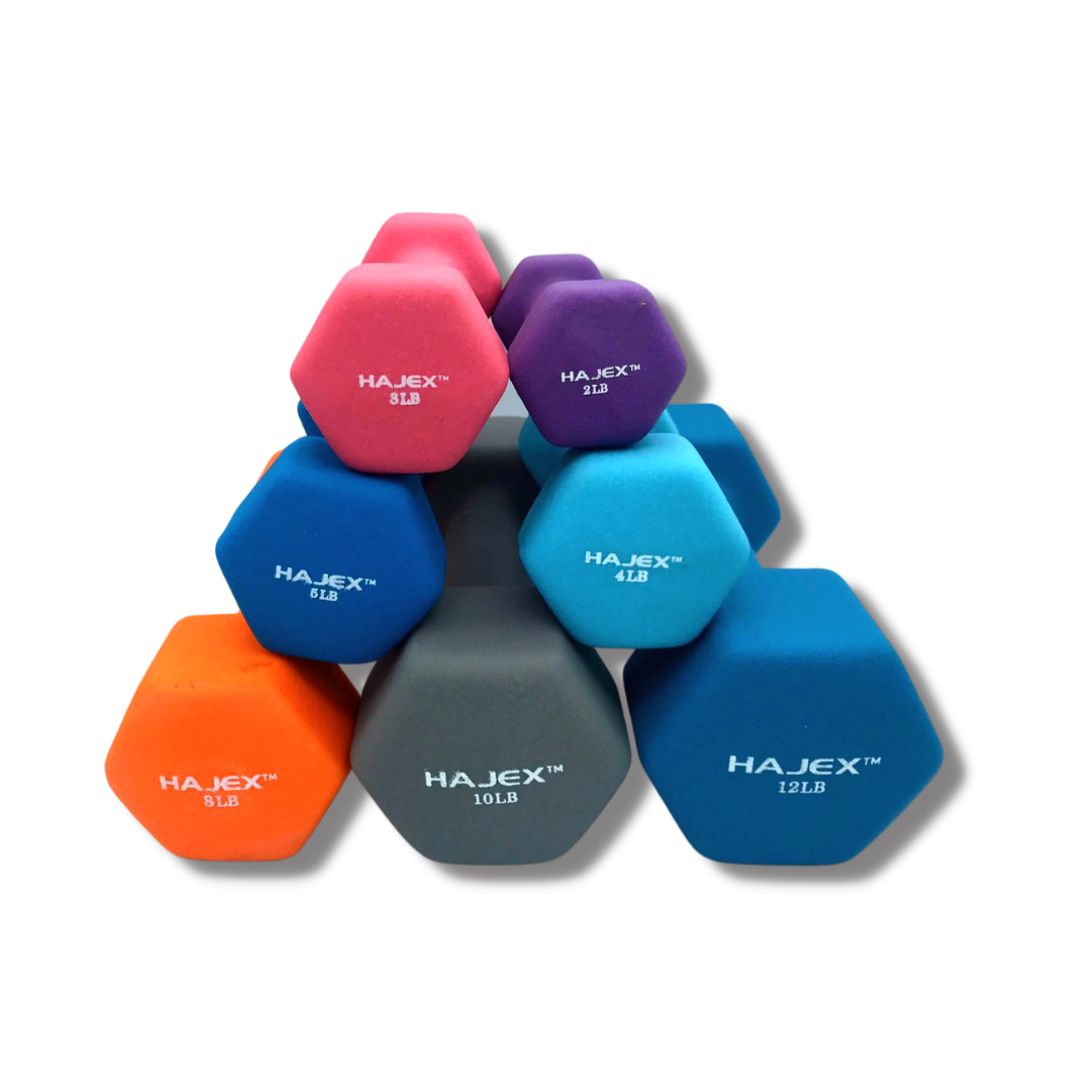 Neoprene Dumbbells
Neoprene Dumbbells
 BENCHES
BENCHES
 Adjustable Workout Bench A
Adjustable Workout Bench A
 CARDIO
CARDIO
 BARBELL BARS
BARBELL BARS
 RIGS & MACHINES
RIGS & MACHINES
 Smith Machines
Smith Machines
 Knee Up Chin Up And Pull Up Machines
Knee Up Chin Up And Pull Up Machines
 Home Gym Deals
Home Gym Deals
 Olympic Bumper Plates
Olympic Bumper Plates
 Olympic Bumper Weight Plates Stacks
Olympic Bumper Weight Plates Stacks
 Tri Grip Plates
Tri Grip Plates
 Tri Grip Cast Iron Weight Plates Stacks
Tri Grip Cast Iron Weight Plates Stacks
 Weight Plates Combo
Weight Plates Combo
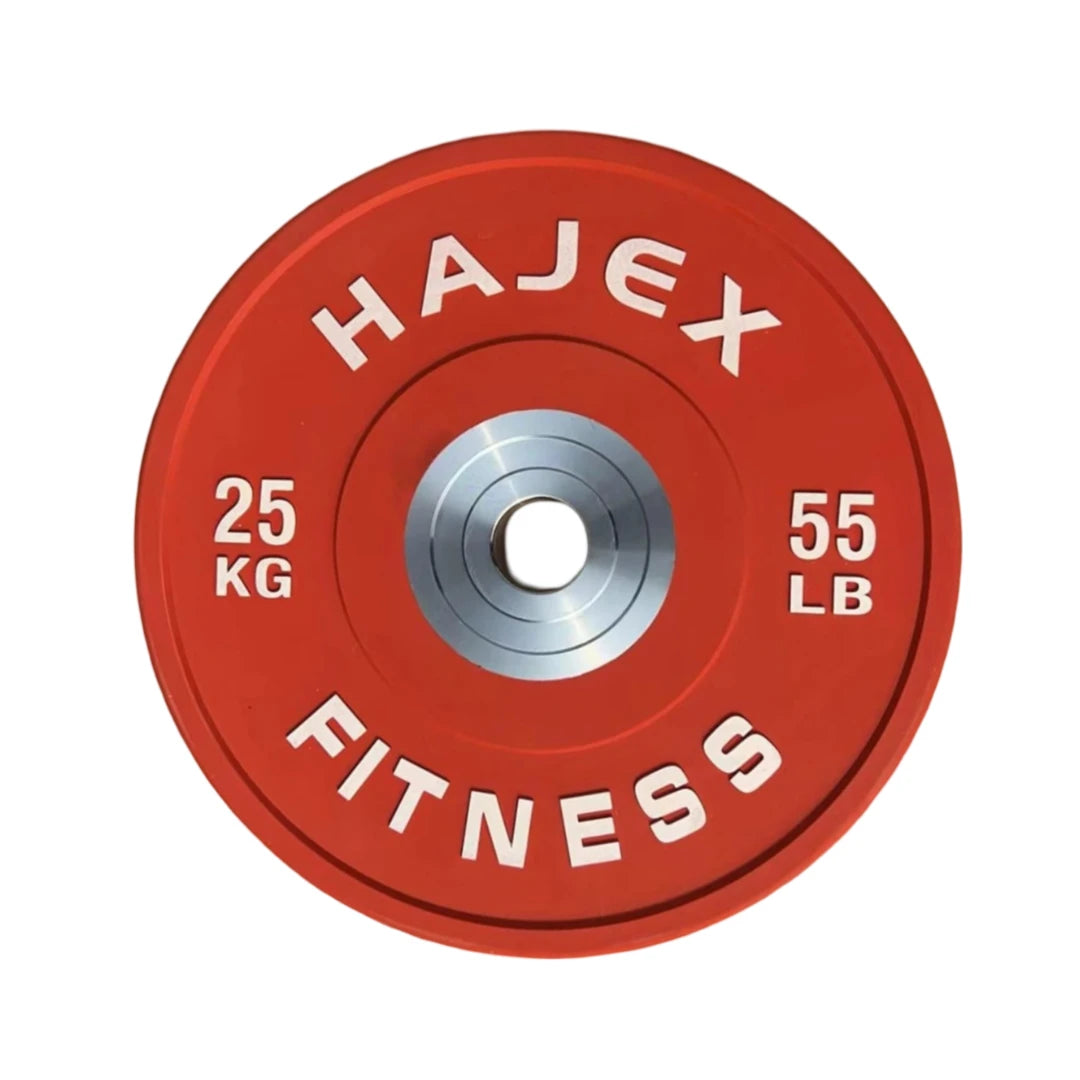 Olympic Steel Hub Bumper Plates
Olympic Steel Hub Bumper Plates
 Olympic Barbells 2"
Olympic Barbells 2"
 Standard Barbells 1"
Standard Barbells 1"
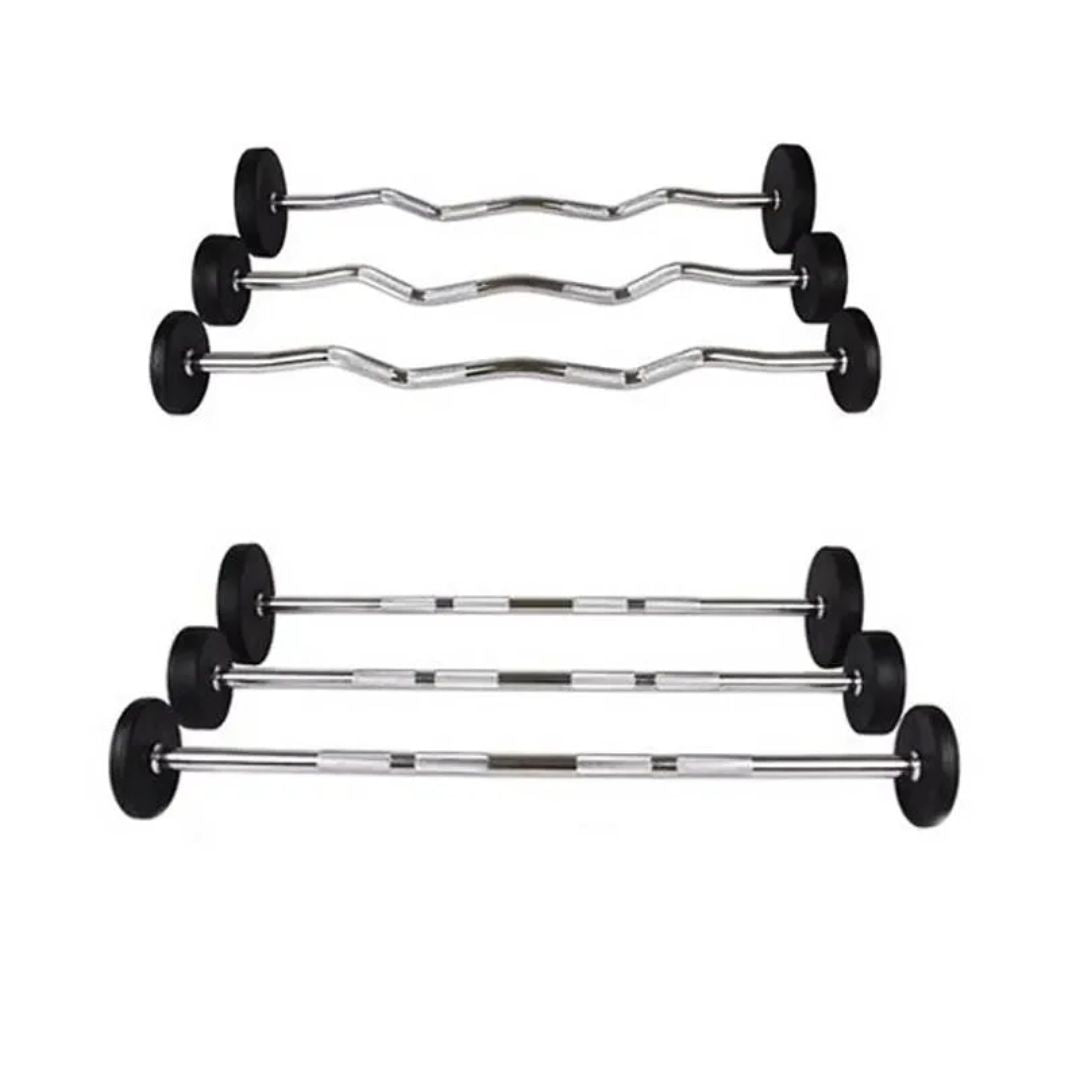 Fixed Weight Bars
Fixed Weight Bars
 PVC Dumbbells
PVC Dumbbells
 NUO Style Adjustable Dumbbells
NUO Style Adjustable Dumbbells
 Dumbbells Stacks
Dumbbells Stacks
 BENCHES
BENCHES
 Incline/Decline Workout Bench
Incline/Decline Workout Bench
 Benches with Pulley & Rack
Benches with Pulley & Rack
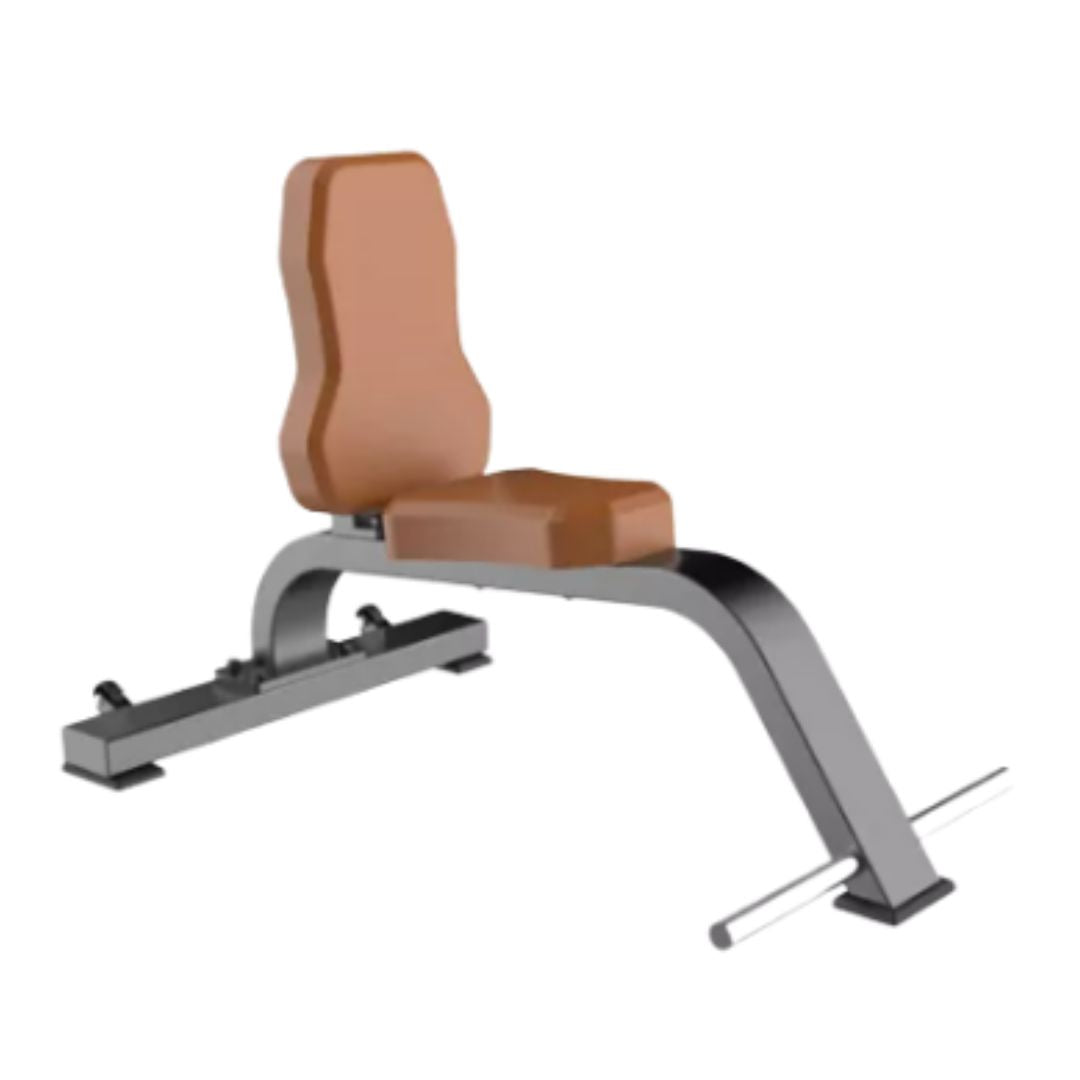 Multi-Purpose Workout Benches
Multi-Purpose Workout Benches
 Preacher Curl Benches
Preacher Curl Benches
 Olympic Benches
Olympic Benches
 Bench Press Stacks
Bench Press Stacks
 CARDIO
CARDIO
 Foldable Walking Pads
Foldable Walking Pads
 Exercise Bikes
Exercise Bikes
 STORAGE RACKS
STORAGE RACKS
 Dumbbell & Kettlebell Racks
Dumbbell & Kettlebell Racks
 Mini Dumbbell Racks
Mini Dumbbell Racks
 Adjusatble Dumbbell Stands
Adjusatble Dumbbell Stands
 Squat Racks
Squat Racks
 Power Racks
Power Racks
 Multi-Functional Trainer
Multi-Functional Trainer
 MORE
MORE
 Kettlebells
Kettlebells
 Adjustable Kettlebells - Single & Pair
Adjustable Kettlebells - Single & Pair
 Floor Mats
Floor Mats
 Yoga
Yoga
 Push Up
Push Up
 Resistance Bands
Resistance Bands
 Barbell Pads
Barbell Pads
 Dumbbell Handles
Dumbbell Handles
 Jump Ropes
Jump Ropes

































